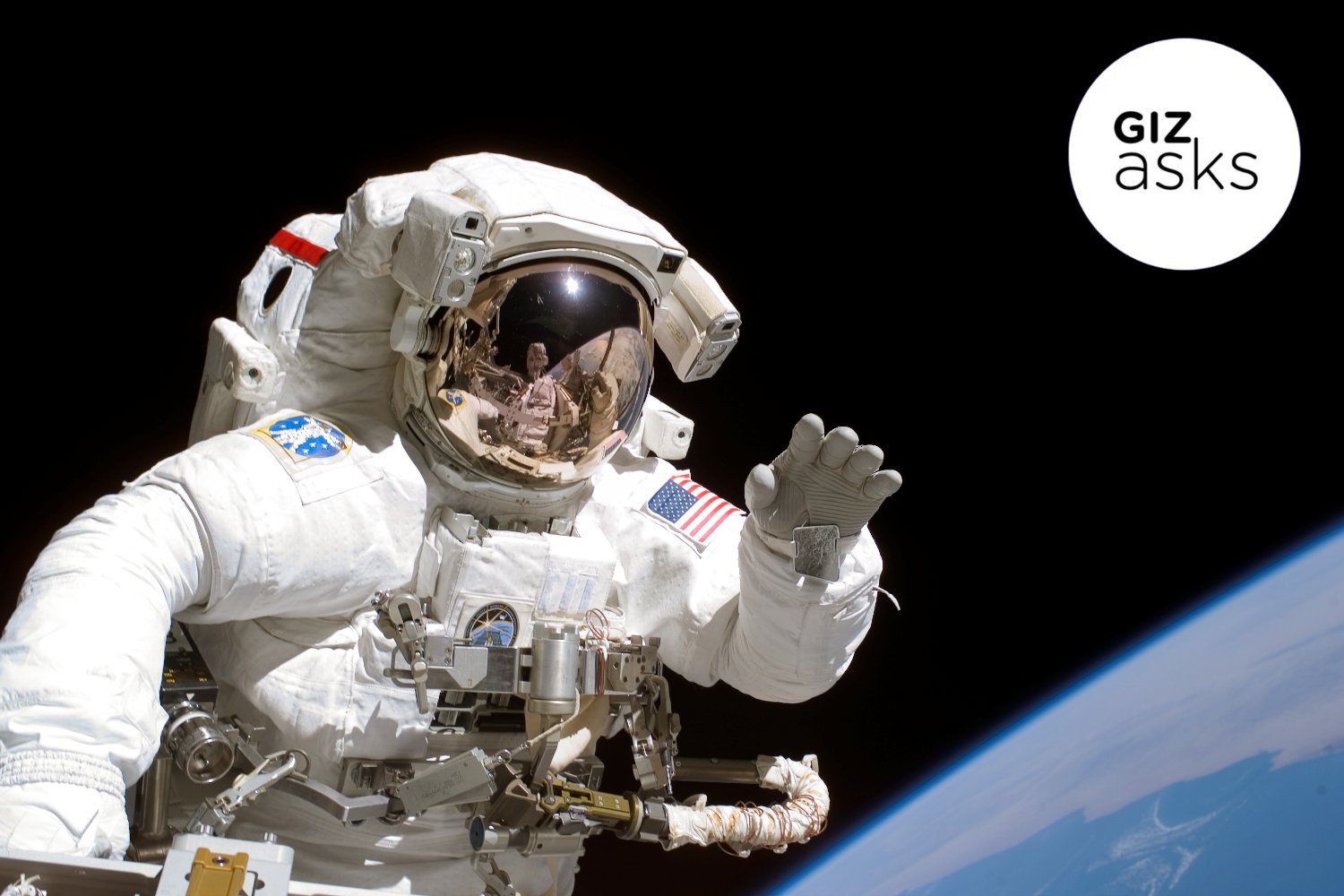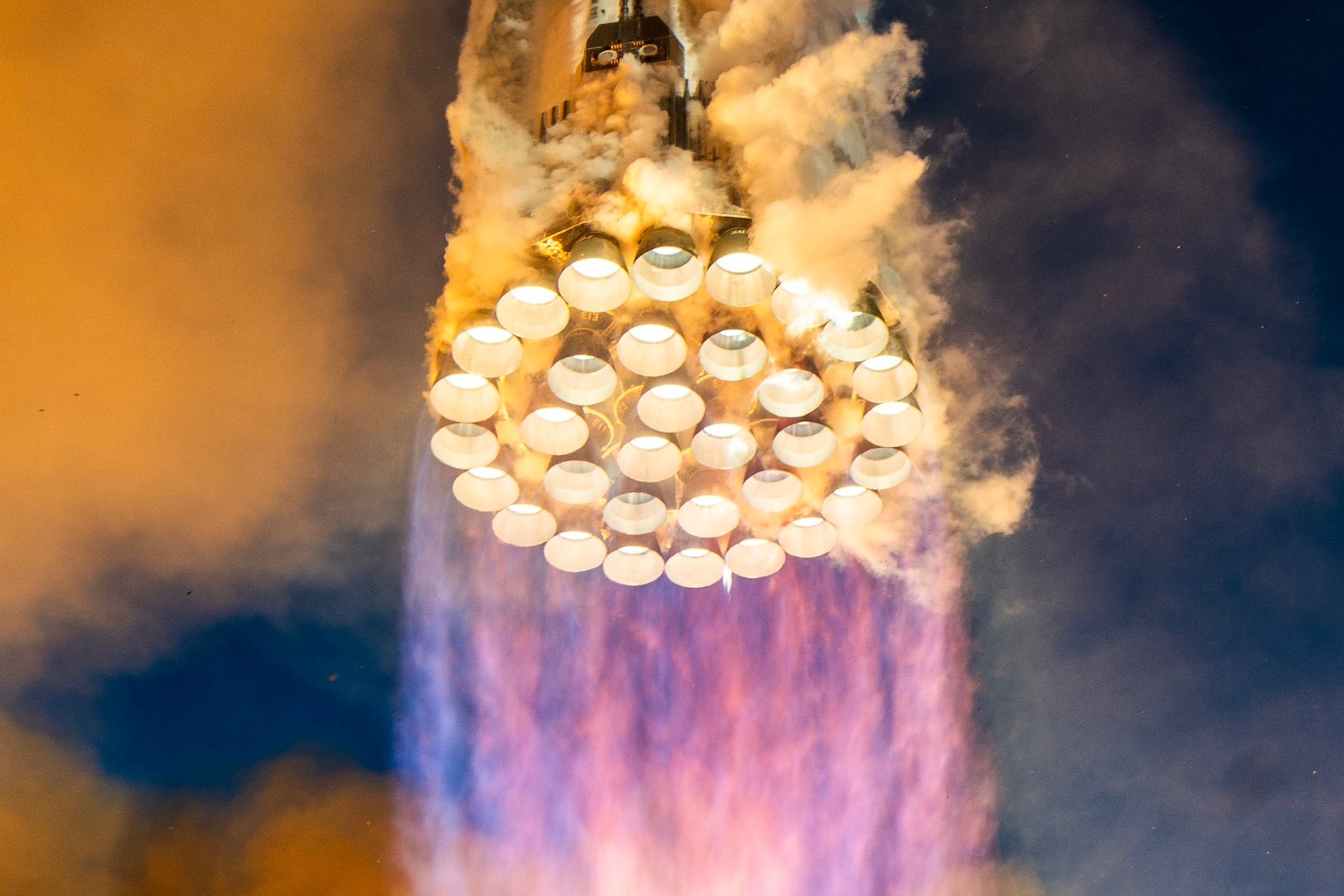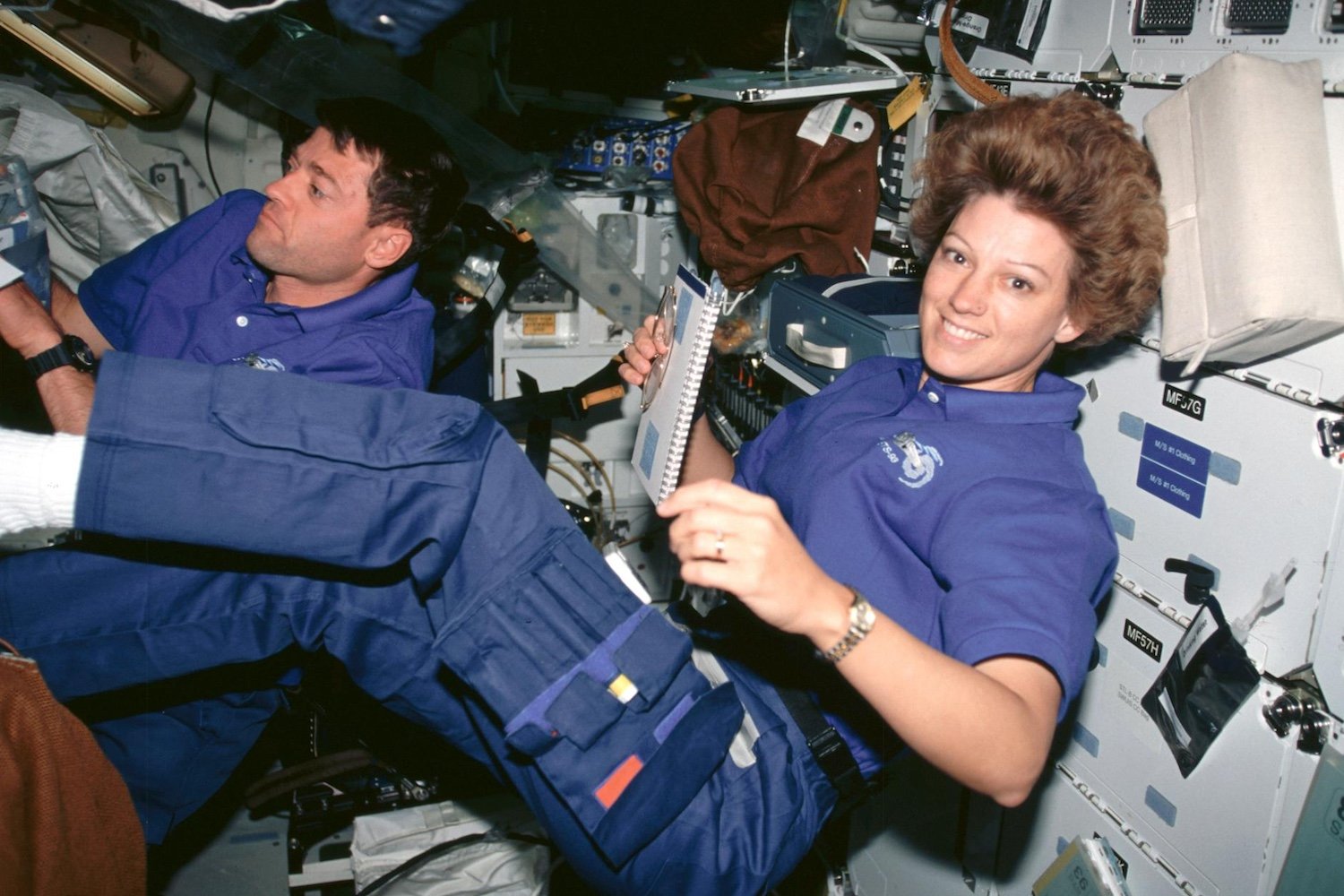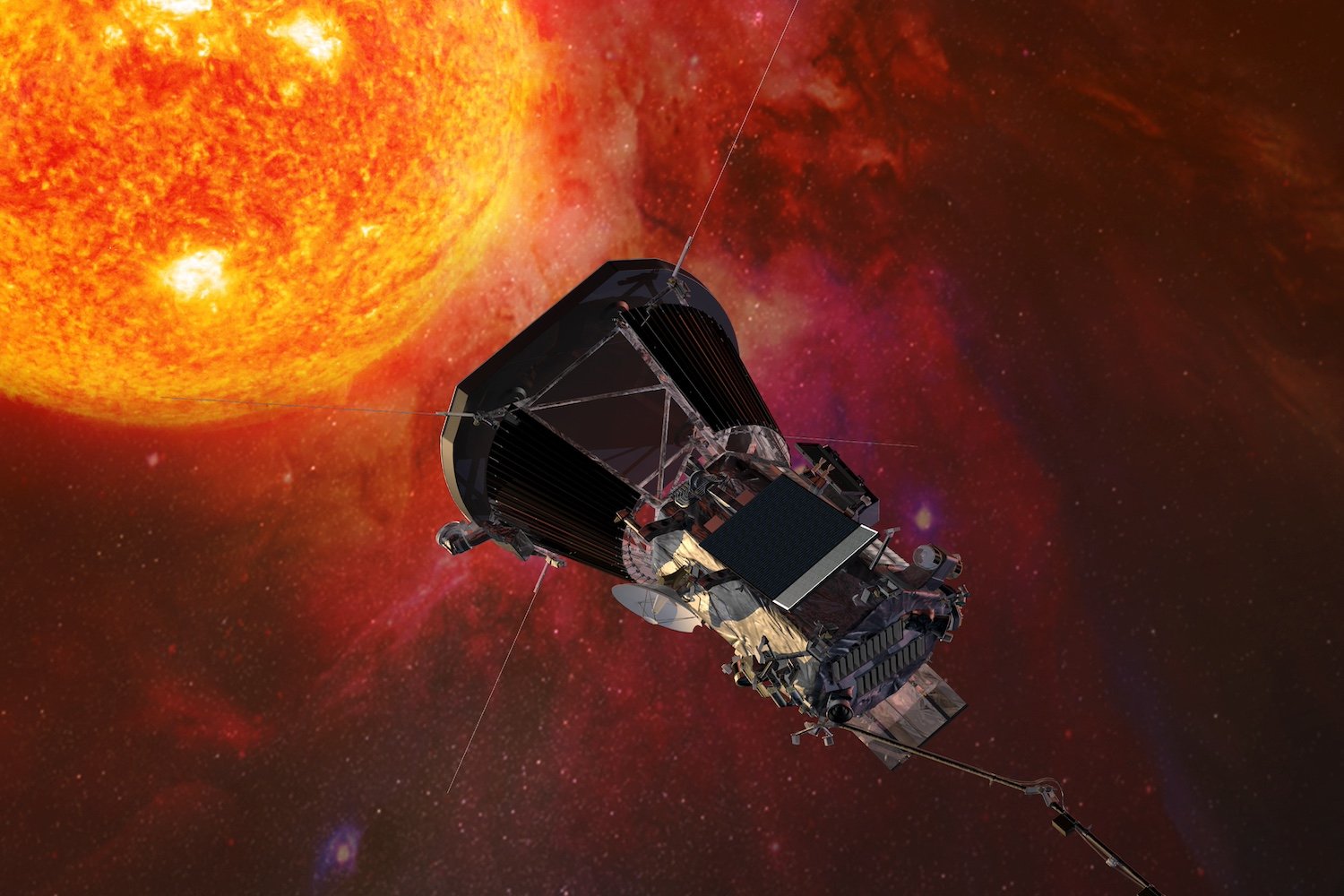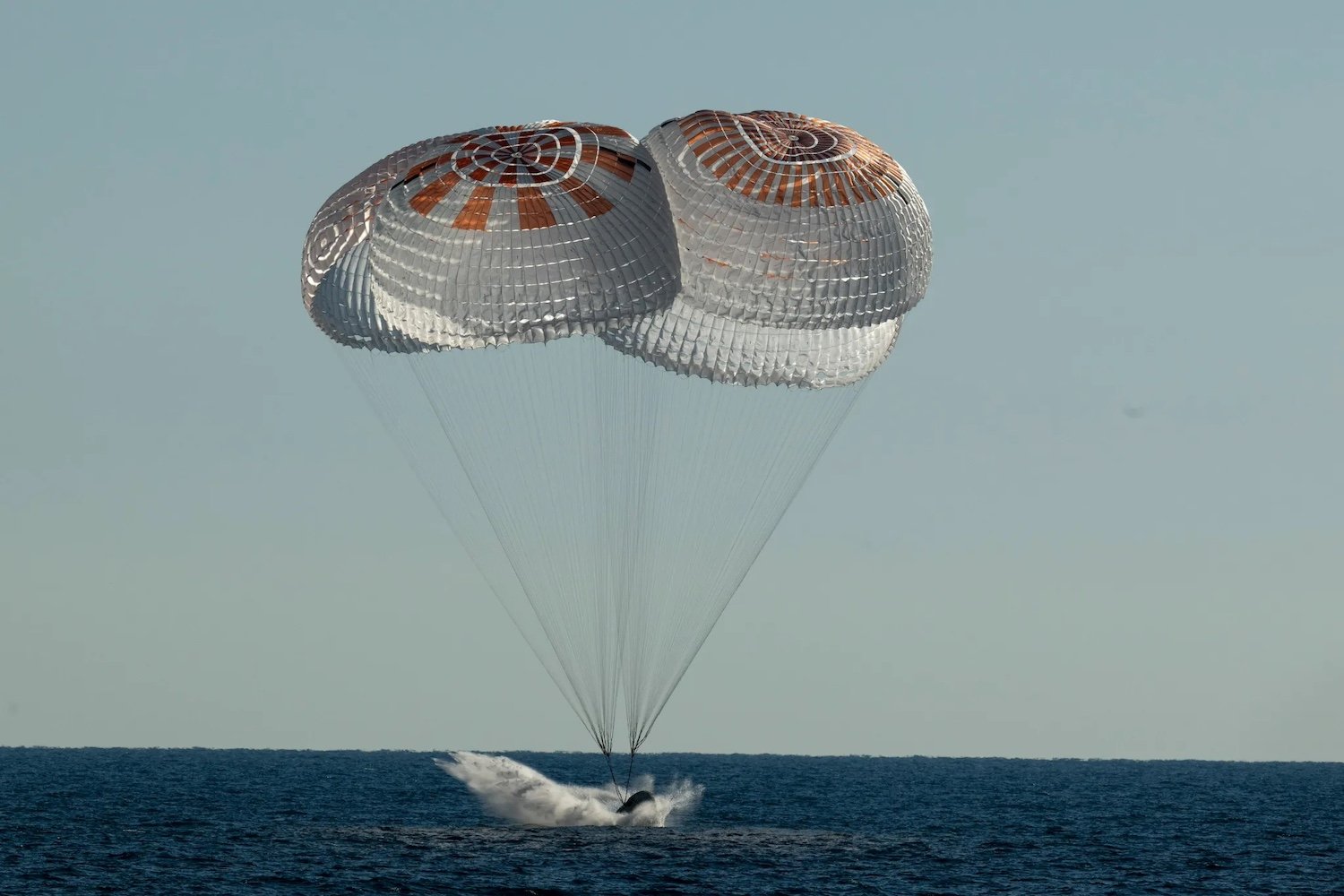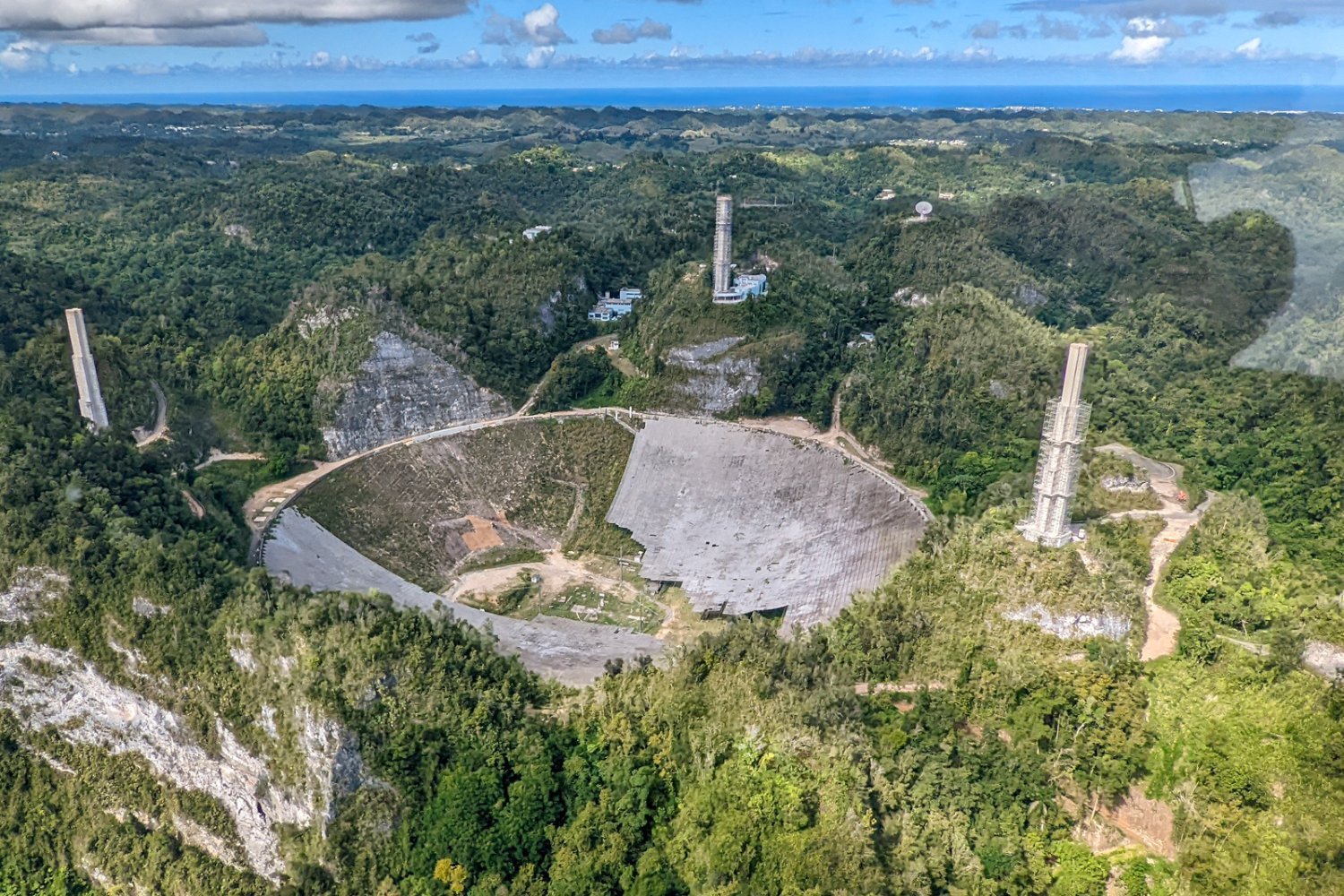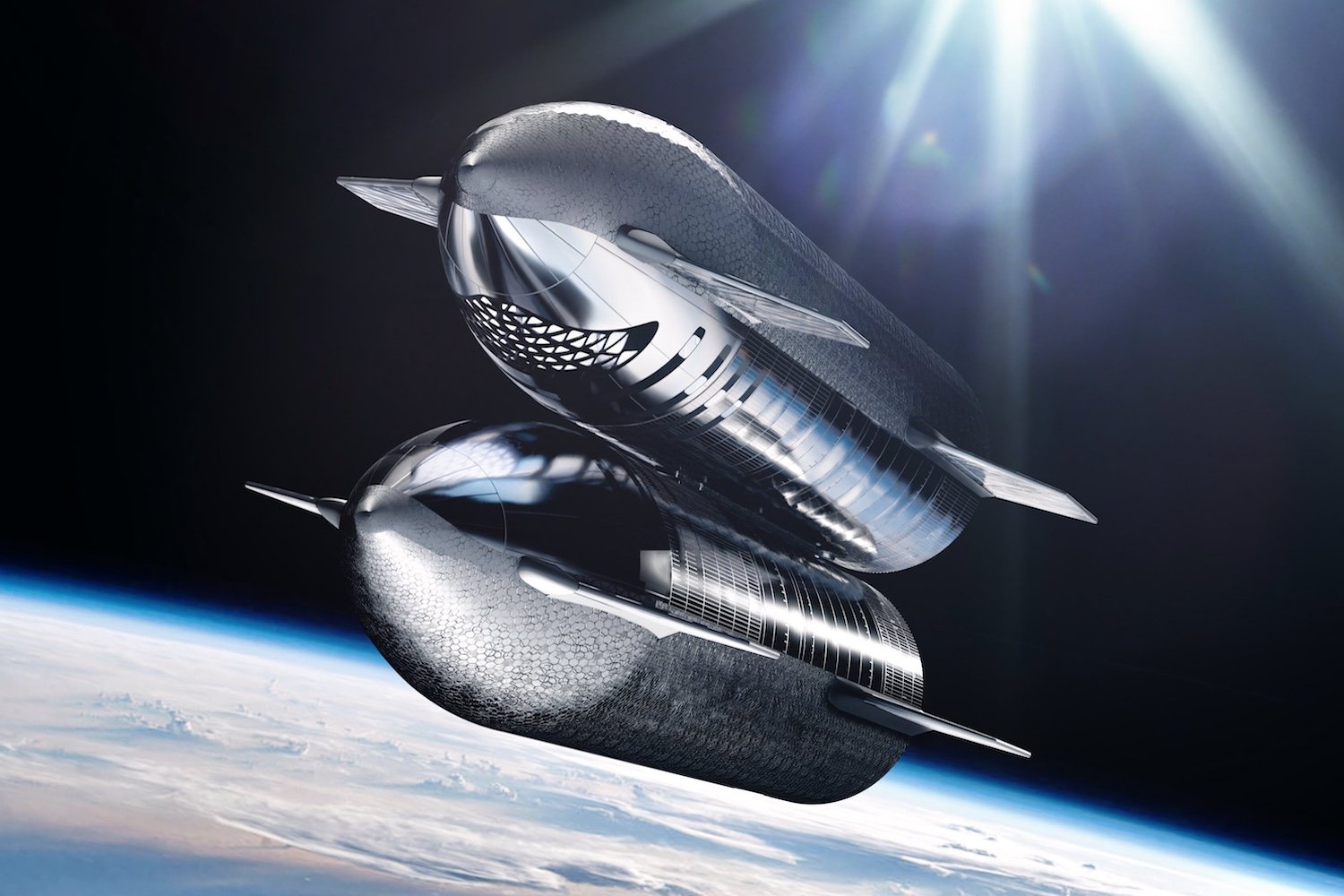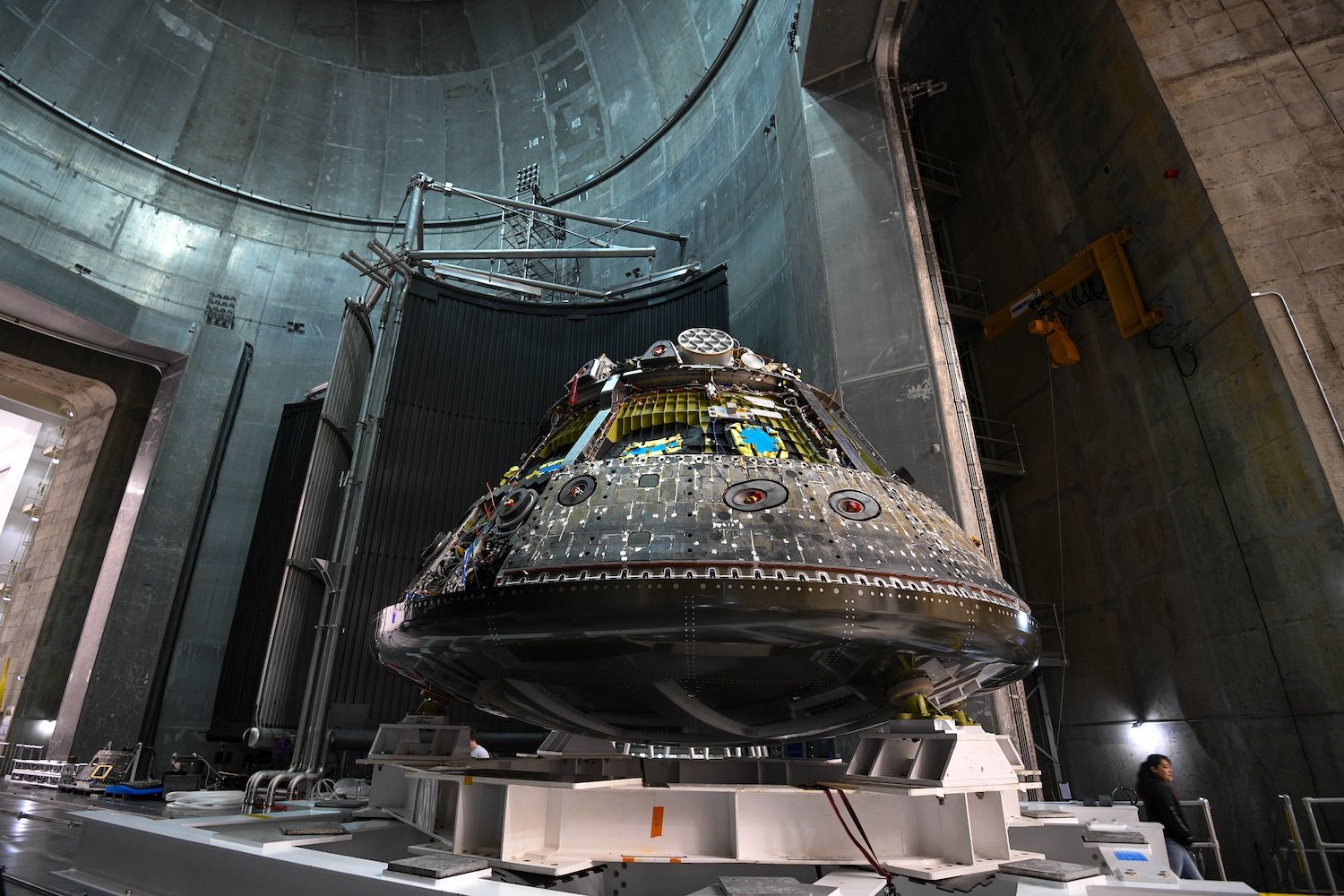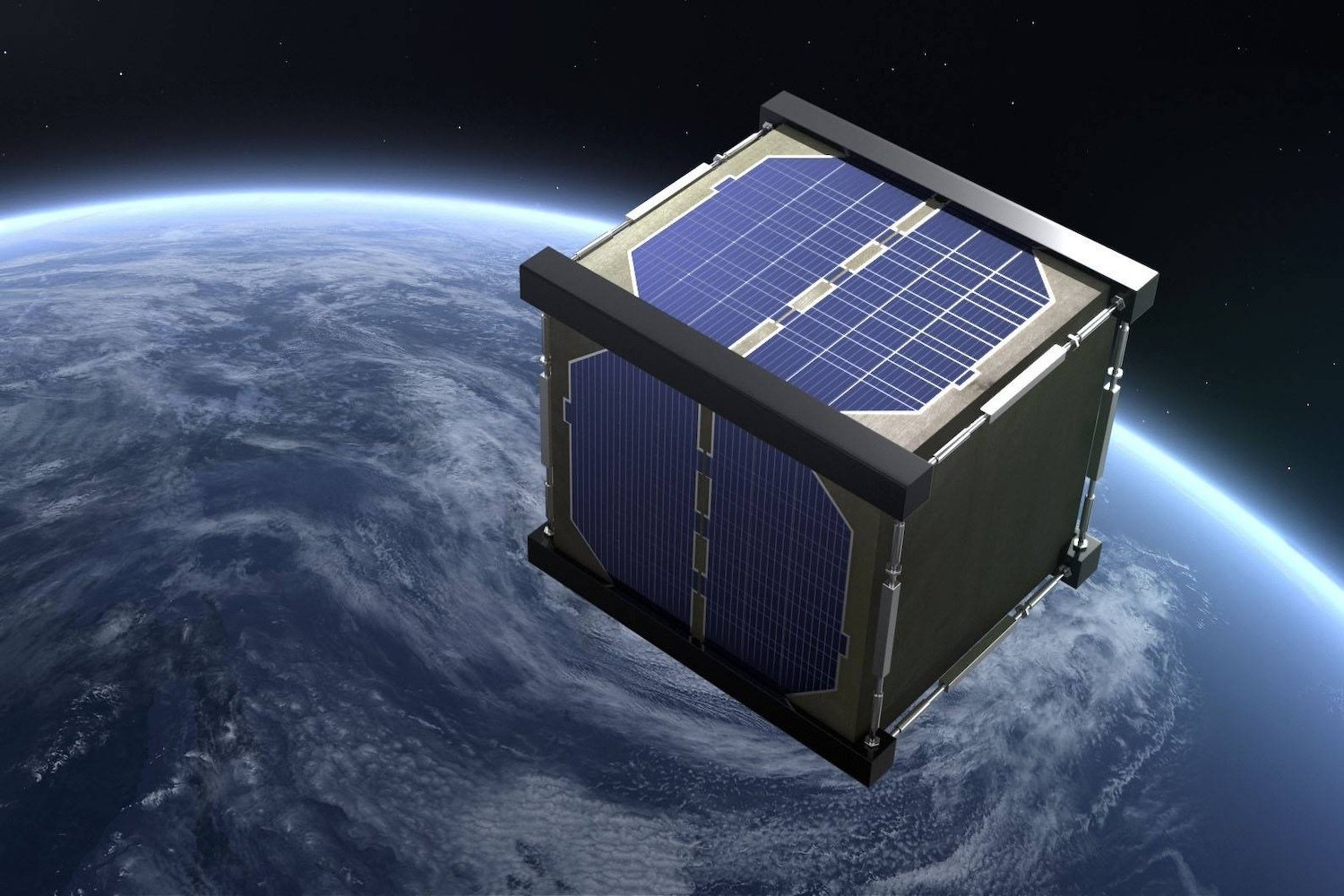Space travel, while captivating, presents significant challenges to the human body. Nearly 700 individuals have ventured into space, and with the rise of private spaceflight, this number will undoubtedly climb. However, extended stays in space raise critical questions about human resilience. How long can our bodies truly withstand the rigors of microgravity and deep space?
Two Russian cosmonauts recently completed a record-breaking 374-day stay aboard the International Space Station (ISS), providing invaluable data on the effects of long-duration spaceflight. The findings underscore the harsh realities of living beyond Earth. Microgravity leads to bone density loss, muscle atrophy, reduced blood volume, diminished heart function, blurred vision, and disorientation. NASA and other space agencies are actively researching these effects to mitigate risks for future long-duration missions, especially those to Mars.
A Mars mission is estimated to take approximately three years. But what impact would such a journey, or even longer durations in space, have on the human body? We consulted experts to explore the challenges of surviving in weightlessness for extended periods. How long could a person realistically endure a deep-space voyage? And in a worst-case scenario, what would happen if someone were stranded indefinitely on the ISS?
Survival in Microgravity: A Delicate Balance
According to Mark Shelhamer, Professor at Johns Hopkins University School of Medicine and former Chief Scientist at the NASA Human Research Program, human survival in space is a complex equation. While astronauts have spent a continuous year in space with minimal adverse effects, this is largely due to rigorous exercise protocols and their excellent initial health. Extending these stays depends heavily on the expected workload, available countermeasures, and whether return to Earth is planned.
Survival without productive work could theoretically last a long time, albeit with severe physiological consequences. Without countermeasures like exercise, bone, muscle, and heart function would degrade significantly, making return to Earth’s gravity incredibly difficult, if not impossible.
Beyond the physical challenges, psychological stressors and deep-space radiation pose substantial threats. The psychological impact of confinement and isolation, coupled with the cumulative effects of radiation exposure and sporadic solar flares, presents serious risks.
Furthermore, the redistribution of bodily fluids in microgravity raises concerns about long-term neural damage, affecting cognition and motor control. While individuals might survive for extended periods with assistance, the quality of life remains a critical question.
Shelhamer estimates survival in space, without productive work, could potentially reach five years or more, but likely ending in death. With countermeasures, this might extend to ten years, perhaps even allowing for return to Earth. However, for missions involving work and return to Earth, the limitations become more stringent. Even with optimal countermeasures, radiation and isolation take their toll, limiting mission duration to an estimated four years. Artificial gravity, combined with radiation shielding and psychological support, could potentially remove these limitations altogether.
The Radiation Threat
Francis Cucinotta, Professor at the University of Nevada, Las Vegas, highlights the significant radiation risks in deep space. The ISS, shielded by Earth’s shadow and magnetic field, receives a lower radiation dose than deep space. However, even with this shielding, the primary risk remains late effects like cancer, heart disease, and cataracts, along with potential cognitive and memory impairment.
The question then becomes: how much risk is acceptable? The probability of developing these diseases increases with prolonged exposure. With current shielding, surviving a few years in deep space carries a high probability of fatal diseases or morbidity exceeding 10%. The crucial consideration is whether the value of long-duration space missions justifies these risks, and whether substantial investments in risk reduction are warranted.
Pushing the Limits of Endurance
Eneko Axpe, a physicist at Stanford University who collaborated with NASA on bone loss research, points to Valeri Polyakov’s 437-day stay on the Mir space station as evidence of human resilience. However, pushing beyond this duration amplifies health risks.
A 1,000-day Mars mission, feasible with current technology, would likely result in osteopenia for all astronauts, with a significant portion at risk of osteoporosis. The radiation exposure on such a mission would be significantly higher than on the ISS, substantially increasing cancer risk.
Beyond these concerns, astronauts face risks of Spaceflight-Associated Neuro-Ocular Syndrome (SANS), cardiovascular issues, potential nervous system damage, and compromised immune function. Mental health is also a significant factor, with extended isolation and confinement potentially leading to stress, anxiety, depression, and cognitive decline.
While a three-year Mars mission is considered achievable, astronauts would likely return with significant, potentially severe health issues. Missions exceeding this duration would push human endurance to its absolute limits.



